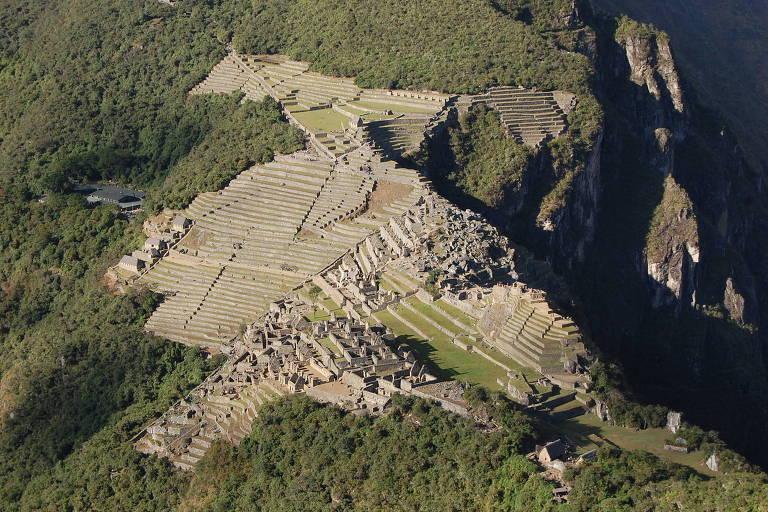Ever since the American explorer Hiram Bingham ran into Machu Picchu, Peru, in 1911 during an expedition, one question has remained unanswered: Why did the Incas build a nearly inaccessible city at 2,300 meters?
A Brazilian geologist might know the answer. Rio Grande do Sul geologist Rualdo Menegat, professor of the Department of Paleontology and Stratigraphy, of the Institute of Geosciences of the Federal University of Rio Grande do Sul (UFRGS), recently explained why he thinks the Inca built the city.
According to his studies, the Incas purposely founded the city on the site so that they could take advantage of geological faults in the mountain crest and benefit from the type of rocks of the place, which facilitated "sculpting" the surface.
"It's like imagining a closed packet of crackers. The crackers crack and crumble inside, they have nowhere to go," compares Menegat. This feature facilitated the extraction of rocks to erect monuments and walls and build stairs.
Analyzing the satellite images and visiting the site, Menegat identified that the buildings of the agricultural sectors, the direction of the walls, and even staircases coincided with the fault lines. "The Incas were guided by earth's fractures and built accordingly," he explains.
Translated by Kiratiana Freelon
